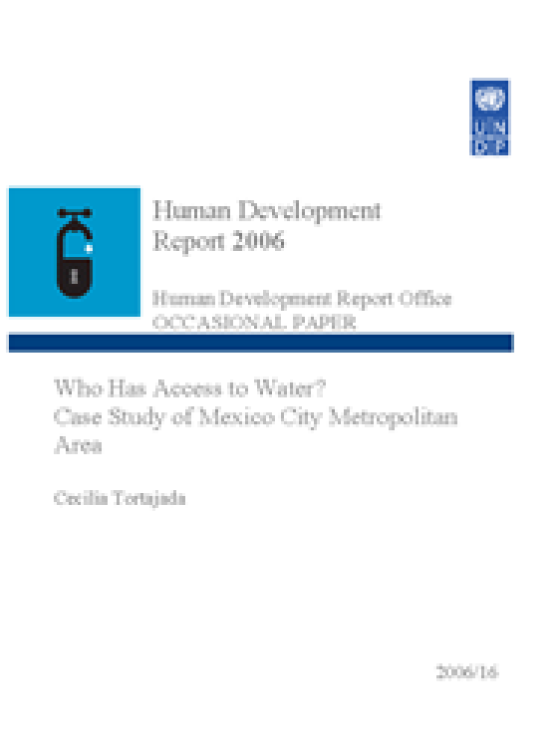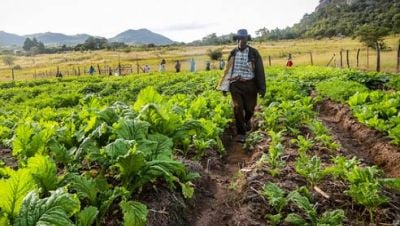Who Has Access to Water?
Case Study of Mexico City Metropolitan Area

Download Report by Language
Document
tortajadac.pdf
(748.13 KB)
Citation
Tortajada, Cecilia. 2006. Who Has Access to Water?: Case Study of Mexico City Metropolitan Area. New York.
Who Has Access to Water?
Case Study of Mexico City Metropolitan Area
Posted on: January 01, 2006
Mexico is a country of contrasts and disparities from economic, social, environmental and cultural viewpoints. With time, economic and social inequities have become increasingly more acute among the regions. While there are people with access to education, health, water, electricity, roads, infrastructural services, etc., there are many others who lack access even to the most basic services. In terms of water resources, there is an enormous imbalance between water availability and its use. The main economic activities are concentrated in the central, northern and northwestern regions of the country, representing approximately 84 percent of the GDP, but with a per capita water availability of only 2,044 m3/year. On the other hand, in the southeastern part of the country, where water availability is 14,291m3/year/per capita, accounts for only 16 percent of the GDP is produced. This region has the highest rates of poverty in the country and lack most type of infrastructural development (Chiapas, Oaxaca or Guerrero states) (OECD, 2003, 2002a, CNA, 2005) (see Figure 1). This means that in the regions endowed with more natural resources, water included, poverty is more acute due to an unfortunate combination of lack of appropriate policies and institutions, which, among other issues, have affected negatively the quality of life of the local populations and the environment they live in.

